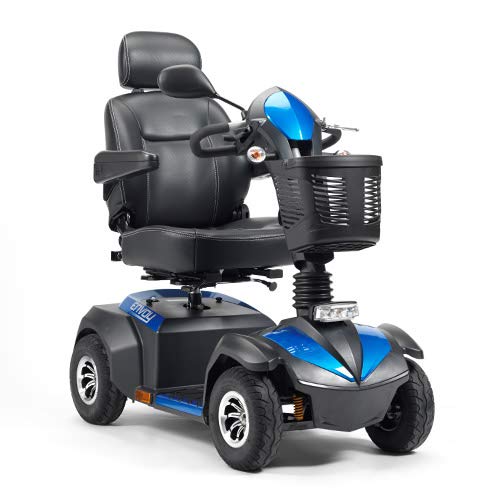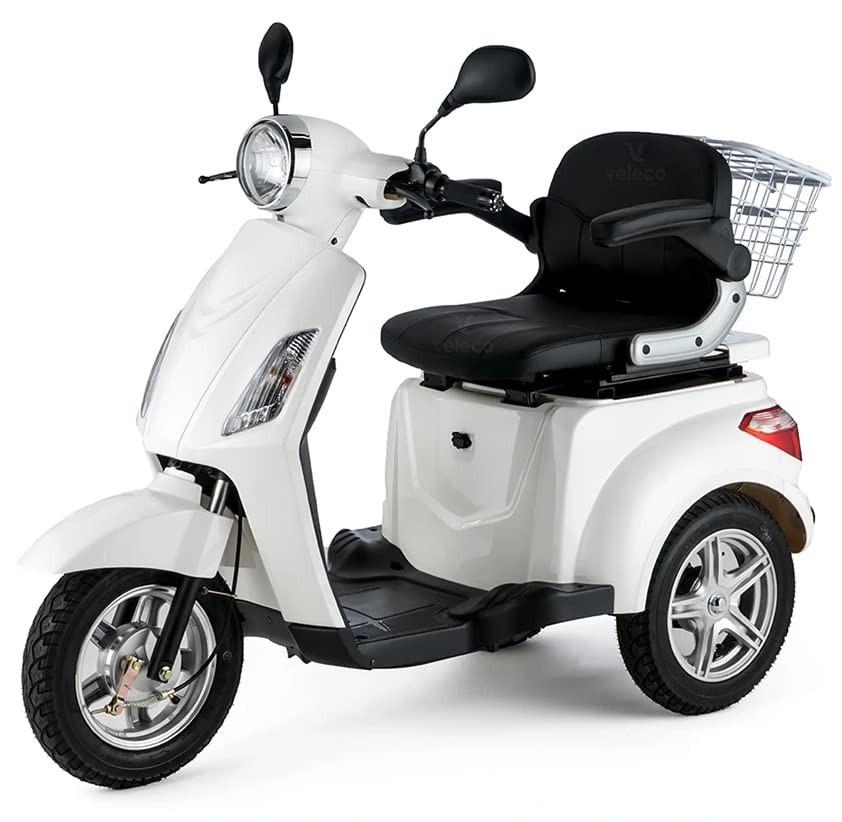 Are Mobility Scooters Road Legal?
Are Mobility Scooters Road Legal?Some seniors rely on mobility scooters for everyday transport, allowing them to remain independent and delay moving into an assisted living facility. However, there are some who are confused about the laws governing the use of these scooters on roads.
Clarification The mobility scooters are pedestrian vehicles. They must therefore obey the same rules as a pedestrian would like to, for example, adhering to traffic signs and stop signs. Furthermore, they cannot be used on bicycle-only roads.
Class 1
Class 1 mobility scooters are electric mobility scooters allowed on the road able to travel up 8 mph and are road legal. These scooters are required to have a system for reducing their maximum speed on roads. They should also have a horn, a braking system that is efficient, and lighting. A rearview mirror is mandatory, which will help prevent accidents and keep road users safe. Class 2 scooters are permitted to be used on roads however, they must be driven at a speed not more than 4 mph. They can be fitted with headlights and indicators to signal other road users. They are not permitted on bus lanes, motorways or cycle lanes.
Aside from having proper safety equipment, it is vital for scooter users to familiarize themselves with their state's laws. In Arkansas for instance all mopeds and scooters must be registered with the Department of Motor Vehicles. They must also wear a helmet and reflective clothing or materials to ensure visibility. Furthermore, they should obey traffic laws and give priority to pedestrians who are walking along sidewalks.
Mobility scooters should be kept in a secure location so that they do not interfere with pedestrian traffic or cause pedestrians or other road users inconvenience. They should also not park their scooter in areas where it could pose a danger to other people using wheelchairs or pedestrians. It is also advised to avoid parking your scooter in crowded areas, as you might be in the way of other vehicles or risk damaging your scooter.
You must also yield to pedestrians when using a scooter of class 2 or 3. You should also signal loudly prior to approaching pedestrians. You are not able to travel on dual carriageways unless you have an amber flashing lamp.
While there aren't any specific regulations on where you can park your scooter, it's advisable to stay clear of areas that are likely to be crowded. For example, it is not an ideal idea to park your scooter the front of a cafe or a shop, since this could create a mess and block traffic.
Class 2
If you intend to use a mobility scooter in public, it's crucial to understand the rules and regulations that govern the use of these devices. You'll need to register your scooter and get insurance. You'll also have to learn the highway code so you are able to drive safely and aware of road hazards. It is recommended to take an instructor-led safety course for scooters to learn how to maintain and operate your scooter.
Class 2 mobility scooters have a maximum speed of 4mph and are designed for indoor and outdoor use. They are smaller and more maneuverable compared to their four-wheeled equivalents. They can also be disassembled to make them easier to transport in a car. In addition to their low-speed limit, these types of scooters typically come with basic controls for driving and come with indicators, lights, and an horn.
They do not require a license, but they do need to be registered with the DVLA (Driver and Vehicle Licensing Agency). Fill out the form V55/4 for new models, or a form V55/5 for used vehicles to register your scooter. They are not allowed on roads, but can be driven along sidewalks and walkways for pedestrians so long as they don't block other traffic.
The first step in deciding on the best scooter for you is to consider your lifestyle and your schedule. Think about your routine and whether you prefer shorter trips within a large area, or longer trips outdoors. Consider your medical history, and the kinds of outdoor surfaces that you will encounter. Test drive a few models once you've made your decision on what you need.
Before purchasing a class 3 scooter you must be over 14 years old and have a valid UK driver's licence. You must also carry an insurance card that is valid, and you'll need to register your scooter with DVLA. As opposed to class 2 scooters these models are not exempt from road tax. Moreover, you must obtain a medical certificate from your doctor or GP to prove you're fit for the task. In addition to registration of your scooter, you'll need to wear a helmet and obey all traffic laws. You can find more information regarding registration of mobility scooters and safety requirements on the DVLA website.
Class 3
Contrary to what many people believe that you do not need a licence to drive a scooter - but there are certain conditions you must meet. To ensure your safety as well as that of others, it is advisable to wear a helmet if you are riding your scooter on roads or pavements that pedestrians cross. In addition, you should ensure that your scooter is registered with DVLA and that it has the appropriate insurance protection in place. It is also important to follow the fundamental road rules and always wear the seatbelt.
Class 2 scooters are made mostly for indoor and road use with a maximum speed of 4 mph. They are smaller, more maneuverable and can be easily disassembled for transport in a vehicle. Mobility scooters of class 3 mobility scooter for sale second hand 3 however, are designed to travel on roads and pavements. They also have additional safety features, such as lights and reflectors.
You don't need a driving license to operate a class 3 motor scooter however, you must register it with DVLA and ensure it. It is also essential to be aware of the Highway Code before you start using your scooter. In addition, it is an excellent idea to attend an instruction in driving for mobility scooters before you take one out on the road to assist you in getting comfortable with the controls and general driving rules.
A class 3 scooter can be used on the road, however not on motorways, bus lanes or cycle-only' lanes. It is not allowed to travel on dual-carriageways with a speed limit exceeding 50mph.
At Aspire2, we can help you decide which type of mobility scooter is the best fit for your needs. We offer a wide selection of accessories and other services to aid your travels. We're ready to answer any questions that you may have, and we can even schedule a test ride in our Lewes showroom.
Licensing
Mobility scooters can be a useful tool for people who have lost a portion or all of their ability to walk due to a disability, health condition, or aging. These battery-powered devices allow people to regain their independence and enhance their lives, especially when traveling long distances. There are a number of factors that should be considered when using a scooter to ensure safety and compliance with the local laws and regulations. These factors may include wearing a helmet, using light sources and reflectors at night and keeping the device in proper operating condition.
The majority of states define mobility devices as pedestrian devices not vehicles. Therefore, they are not required to be registered or licensed with the Department of Motor Vehicles (DMV). Many municipalities have rules and guidelines for operating mobility scooters. Some of these rules may include wearing a safety helmet, obeying traffic signals, or adhering speed limits. It is also prohibited to ride a scooter in highways or on roads since they are not made to be used in these environments. This could pose a danger to the rider and other road users.
The maximum speed allowed for mobility scooters on sidewalks and pedestrian walkways typically is 4-8 mph, however, this can vary based on the location. Riders must be aware of their surroundings and be respectful of pedestrians when operating the device. This is particularly important in areas with high traffic.
Furthermore, New Hampshire law requires that all scooters be equipped with functional signaling devices such as turn signals or horns, to improve visibility and ensure safer road traffic. This is a vital safety element that should not be ignored. It is also recommended to wear a helmet and have special insurance coverage to guard against potential damages and injuries.
In the end, the decision to get a mobility scooter will be contingent on the individual's needs and preferences. For example, some people might think that a Class 2 PMD is enough for their needs and budget while others might prefer an even more powerful and bigger model with a wider range of features. It is recommended to speak with a healthcare professional before making a purchase to ensure the mobility scooter chosen is appropriate for your lifestyle and medical requirements.

